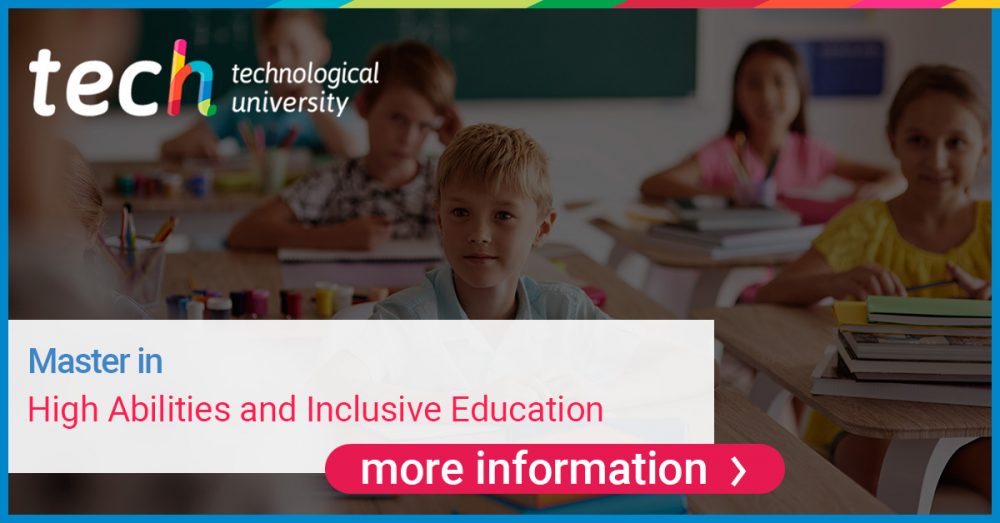Notice: Undefined offset: 2 in /home/site/wwwroot/wp-content/themes/twentynineteen-child/functions.php on line 140
Notice: Undefined offset: 2 in /home/site/wwwroot/wp-content/themes/twentynineteen-child/functions.php on line 140
Notice: Undefined offset: 2 in /home/site/wwwroot/wp-content/themes/twentynineteen-child/functions.php on line 140
Notice: Undefined offset: 2 in /home/site/wwwroot/wp-content/themes/twentynineteen-child/functions.php on line 140
Notice: Undefined offset: 2 in /home/site/wwwroot/wp-content/themes/twentynineteen-child/functions.php on line 140
Notice: Undefined offset: 2 in /home/site/wwwroot/wp-content/themes/twentynineteen-child/functions.php on line 140
Notice: Undefined offset: 2 in /home/site/wwwroot/wp-content/themes/twentynineteen-child/functions.php on line 140
Notice: Undefined offset: 2 in /home/site/wwwroot/wp-content/themes/twentynineteen-child/functions.php on line 140
Notice: Undefined offset: 2 in /home/site/wwwroot/wp-content/themes/twentynineteen-child/functions.php on line 140
Notice: Undefined offset: 2 in /home/site/wwwroot/wp-content/themes/twentynineteen-child/functions.php on line 140
Notice: Undefined offset: 2 in /home/site/wwwroot/wp-content/themes/twentynineteen-child/functions.php on line 140
Warning: strpos() expects parameter 1 to be string, array given in /home/site/wwwroot/wp-content/themes/twentynineteen-child/functions.php on line 163
Warning: strpos() expects parameter 1 to be string, array given in /home/site/wwwroot/wp-content/themes/twentynineteen-child/functions.php on line 163
There is no doubt that education is the essential pillar on which an advanced, cultured, ethical and modern society is built. Talking about education for high capacities is fashionable, but it should not be a trend or a habit. It is not a transitory thing that depends on the political color, the historical period or any factual power. Giving and receiving education is surely the most important task facing human beings. In this article you will see in depth the definition of paradigm, as well as in which paradigmatic moment you are. In addition to what the current path or trend is, what role the different performers of educational change play and what a modern society looking towards the future needs.
The main objective is to understand the fundamental role played by the most capable students. Hoping that they do not become the precious fruits of the tree of humanity, but at the same time at risk because they hang on fragile branches and can easily break. As Carl G. Jung, a disciple of Freud, said seventy years ago.

The definition of paradigm today
The definition of educational paradigm refers to an example or model to follow. It is a term introduced by the philosopher and scientist Thomas Kuhn in the 1970s. It was he who gave meaning to the term by referring to a set of practices that shape a scientific discipline in a specific time period.
Paradigms in science are changing as the needs of science itself vary with the appearance of new discoveries or new scientific findings. Hernández Rojas G. studies educational paradigms from different angles from the point of view of research. They can be seen as a set of prescriptions agreed upon by the scientific community with the purpose of deepening and contrasting topics with reality.
An educational paradigm is a pedagogical and scientific frame of reference for understanding, analyzing and advancing the teaching and learning process. It covers different contexts and integrates all educational agents. The inclusive educational paradigm for which we are betting, integrates all performers and students with high abilities who play a leading role as agents of change.
From this perspective, high abilities are a learning opportunity for the entire educational community. They must be approached not only from the perspective of the specific educational needs that accompany each student. They must be adopted from an integral vision within which any educational response must contemplate all students and their environment.
Definition of traditional paradigm vs. current paradigm
In traditional paradigms, the foundation is method and order. All the attention is focused on the teacher, who directs and orders the knowledge and traces the itinerary for his students.
Traditional models are directive and are based on disciplinary techniques. Everything seems organized and structured, with a common method for all students, with reinforcement and punishment being the backbone of educational practice.
An example of this tradition is the behaviorist paradigm that proposes two types of conditioning, the classical or the association between stimulus and response. Therefore, if the appropriate stimuli are provided, contingent responses will be offered. This will generate learning based on observable facts (Watson, Thorndike and Pavlov), or the operant or instrumental model, more evolved and constituting a form of associative learning that has to do with the development of new behaviors based on the consequences and not so much on the direct relationship between stimulus and response (Skinner).
In our experience, behaviorism works well, if applied correctly. Systematically applied reinforcement can modify behaviors and promote learning. It also tends to work well when it comes to habits, routines and implementation of positive behaviors versus extinction of negative ones. The application of behaviorism has its advantages from the psychotherapeutic point of view and when it is combined systematically with consistency the results are usually positive.
High ability students often benefit from the application of basic discipline techniques. They appreciate predictability, routine, reinforcement and consistency as much as any other child. Perhaps even more so given their idiosyncrasies, sense of fairness, hypersensitivity and over-excitability, among other characteristics.
The traditionalist paradigm
However, despite its advantages, the learner-centered behaviorist model cannot and should not ignore cognitive processes, the creative and discovering activity of the learner, i.e., his or her integral training. Traditionally, the approach based on grades and academic performance is still working and is based precisely on these behaviorist premises.
Certainly it is an approach that stimulates based on rewards and can be highly stimulating and motivating, being the purpose of conditioning in order to manipulate behaviors and generate competitiveness, however the human being is more complex and does not work only by stimuli and responses. Behaviorism has been based in educational practice on motivating the student based on rewards, reinforcing amnesic capacities, depending on external stimuli and using both positive and negative reinforcement based on qualifications and with a distant teacher-learner relationship based on mere instruction.
Another of the traditional paradigms arises from the cognitivist approach that began in the 1970s and which focuses its interest on the higher mental or cognitive processes such as attention, perception, memory, reasoning, language, etc., all of which make up what is known as intelligence and which will be the starting point of the cognitive trend.
Cognitive paradigm
This cognitive paradigm is very broad and ranges from Piaget and genetic psychology to Ausubel’s meaningful learning and Bruner’s discovery learning, Gestalt theory and even theories that provide the social dimension of cognition such as Vigotsky’s “zone of proximal development”. Knowledge about how to teach and how to learn is an invaluable tool to advance the development of cognitive abilities. However, it is not enough if the aim is to promote integral human development.
The human mind is complex and must be situated in space and time, since the cognitive strategies implemented will anatomically configure the brain, but if the temporal dimension is taken into account, clearly, this structure is changeable and therefore the application of what has been learned in different contexts must be considered. The main contributions of the cognitive paradigm for teaching are the use of cognitive strategies that develop the learning to learn competence, the active role of the student who goes from being a “clean slate” to the protagonist of his learning, and the role of the teacher who will guide this process by providing experiences that facilitate this protagonism of the learner.

Applied paradigm
From the educational point of view, it can be found that the traditional systems of knowledge transmission are not always ideal. Educators are looking for new ways to teach, and likewise new generations are looking for new ways to learn.
It is due to this evolution that the modern educator must be constantly trained in innovative learning trends and techniques. TECH Technological University is the largest virtual university in the world and seeks to train its professionals in an integral and complete way, always using the latest learning technologies. For this reason it designed the Faculty of Education, where it is possible to find specializations focused on excellence, such as the Master’s Degree in Speech, Language and Communication Disorders and the Master’s Degree in International Cooperation.
For those professionals who wish to choose other areas of action, the Master’s Degree in High Habilities and Inclusive Education is the right one to learn about these differences in learning, ideal for today’s educator.

